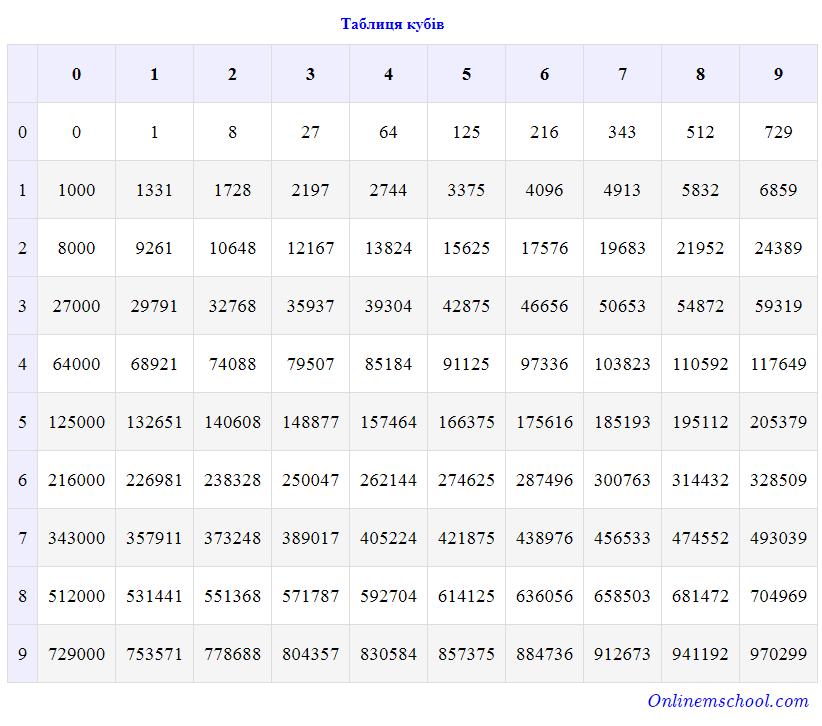


ROLAP - Relational OLAP - Both fact data and aggregations remain in the relational data source, eliminating the need for special processing.MOLAP - Multidimensional OLAP - Both fact data and aggregations are processed, stored, and indexed using a special format optimized for multidimensional data.It allows all the flavors of MOLAP, ROLAP and HOLAP to be used within the same model. Microsoft Analysis Services takes a neutral position in the MOLAP vs.
TABULAR CUBE SOFTWARE
XML for Analysis Software Development Kit 1.0 shipsĪDOMD.NET and XML for Analysis SDK 1.1 shipĪnalysis Services 2005 (codename Yukon) shipsĪnalysis Services 2008 (codename Katmai) ships OLAP Services 7.0 (codename Sphinx) shipsĪnalysis Services 2000 (codename Shiloh) ships Microsoft announces acquisition of Panorama Software development team Panorama Software delegation meets with Microsoft Microsoft opens new team to build an OLAP product, codenamed Plato ( permutation of letters from OLAP) The key events in the history of Microsoft Analysis Services cover a period starting in 1996. The major change came to the model in the form of UDM - Unified Dimensional Model. It maintained backward compatibility on the API level: although applications written with OLE DB for OLAP and MDX continued to work, the architecture of the product was completely different.

In 2005, Microsoft released the next generation of OLAP and data mining technology as Analysis Services 2005. Other features were dimension security, distinct count, connectivity over HTTP, session cubes, grouping levels, and many others. Another feature was a greatly enhanced calculation engine with support for unary operators, custom rollups, and cell calculations. Major improvements included more flexibility in dimension design through support of parent child dimensions, changing dimensions, and virtual dimensions. Analysis Services 2000 was considered an evolutionary release, since it was built on the same architecture as OLAP Services and was therefore backward compatible with it.

It was renamed from "OLAP Services" due to the inclusion of data mining services. In 2000, Microsoft released Analysis Services 2000.
TABULAR CUBE OFFLINE
It could work in client-server mode or offline mode with local cube files. OLAP Services supported MOLAP, ROLAP, and HOLAP architectures, and it used OLE DB for OLAP as the client access API and MDX as a query language. Just over two years later, in 1998, Microsoft released OLAP Services as part of SQL Server 7. In 1996, Microsoft began its foray into the OLAP Server business by acquiring the OLAP software technology from Canada-based Panorama Software. A multidimensional model can contain information with many degrees of freedom, and must be unfolded to increase readability by a human. In a tabular model, the information is arranged in two-dimensional tables which can thus be more readable for a human. Analysis Services includes a group of OLAP and data mining capabilities and comes in two flavors multidimensional and tabular, where the difference between the two is how the data is presented. These services include Integration Services, Reporting Services and Analysis Services. Microsoft has included a number of services in SQL Server related to business intelligence and data warehousing. SSAS is used as a tool by organizations to analyze and make sense of information possibly spread out across multiple databases, or in disparate tables or files. Microsoft SQL Server Analysis Services ( SSAS ) is an online analytical processing (OLAP) and data mining tool in Microsoft SQL Server.


 0 kommentar(er)
0 kommentar(er)
